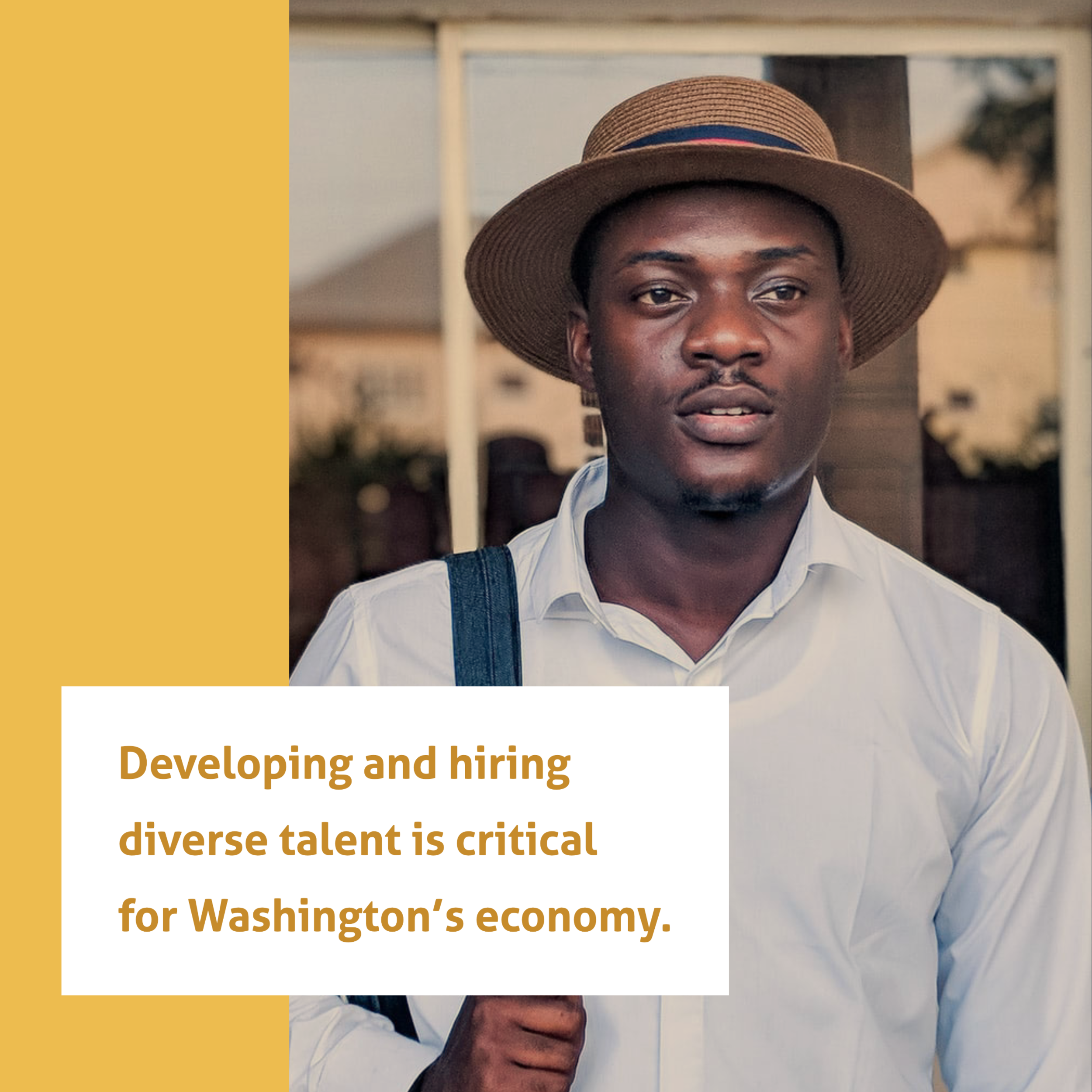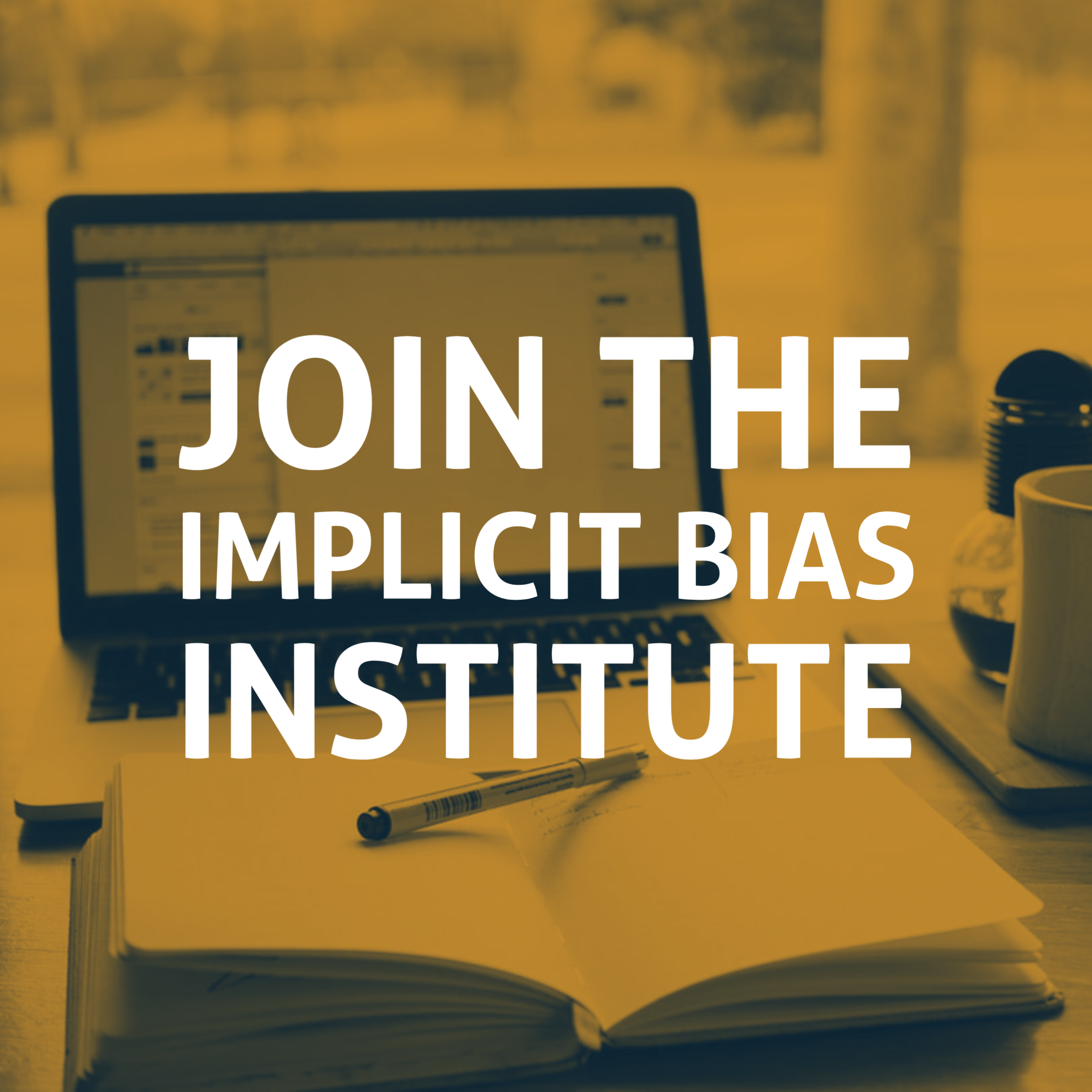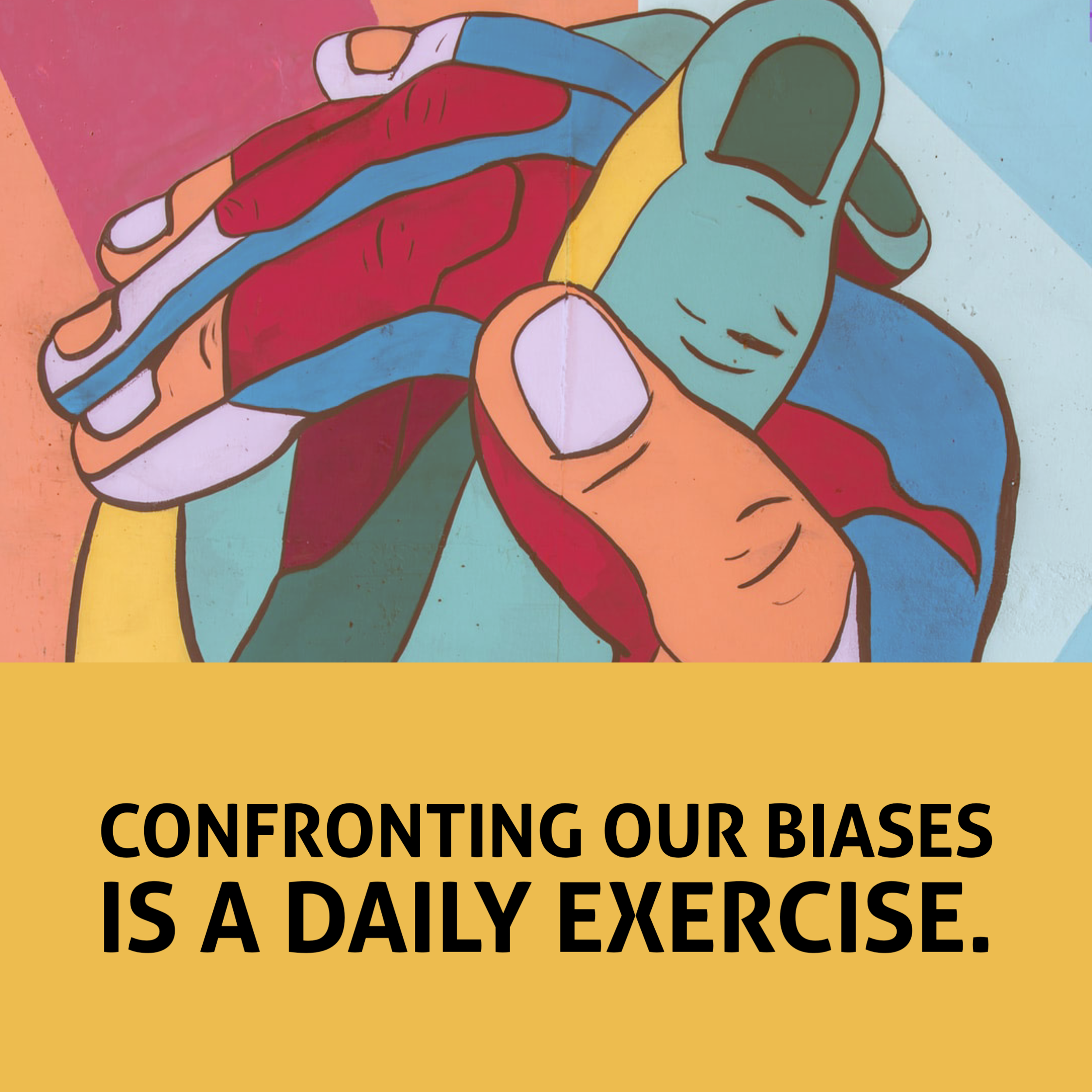Introducing the Implicit Bias Institute
Dr. Rita Cameron Wedding speaks at the 2017 Empower Women’s Leadership Conference.
At the EmPower Women’s Leadership conference in 2017, Dr. Rita Cameron Wedding of Sacramento State University gave an opening keynote speech about the problem of implicit bias in academia, human resources, hiring and the workforce that really left an impression on many attendees.
We recently caught up with Ann Avary, who is the Director of the Northwest Center of Excellence for Marine Manufacturing & Technology. Ann says the response to Rita’s content and its relevance was so strong that they knew right on the spot they “had to take this to the next level.” So the Implicit Bias Institute was launched to further flesh out the COE’s commitment to diversity, inclusion and training on issues of unintentional bias against students, job applicants and workers who might vary from the majority in some way.
Ms. Avary observes that now when you visit any community or technical college in Washington State, you find they have a diversity or equity committee, officer or group of some sort, and this makes sense given the rapidly changing demographics of the nation as a whole and its workforce. Noting that we’re now in a US Census year and the population becoming “majority minority” is on the foreseeable horizon, Ann is determined to improve outreach to underserved and underrepresented communities to let young people know about technical career pathways open to all. She says that’s critical because businesses are competing both within industries and across industry sectors for “a very scarce technical talent pipeline.”
So it’s important to get information into communities that have been ignored and gear up to ensure that new students can discover campus communities with people like themselves, where they can feel comfortable and succeed in their studies even without the socio-economic advantages that many others enjoy. Ann describes getting out to K-12 schools to talk about career opportunities and access points, but of course, that physical outreach is suspended in the Spring of 2020, although “there’s no ambiguity about our goals.”
Nate Humphrey and Kristi Wellington-Baker of the state board are working on a response to the COVID-19 pandemic that includes pivoting to online distance learning in place of face to face teaching/training, and the Implicit Bias Institute is no exception.
The institutes are designed to focus on technical professional pathways for VPs of instruction and workforce development, navigators, technical instructors and apprenticeship coordinators in “everything from nursing to welding to automotive to marine tech and construction. You name it,” said Ann.
The Implicit Bias Institute chose race as its foundational focus of study. It is now developing 3 modules of online content to align with and complement hard copy materials already produced. First, it’s exploring biases related to a specific major event, with direct focus on the COVID-19 pandemic, which has closed off access to education, training and certifications for those without home Internet connections. Further, just as after 9/11 when people who looked like they might be Muslim or ethnically Middle Eastern faced bias and hostility, now in 2020 Asian Americans, especially Chinese people are encountering similar racist bias, resulting from anger and fear over the coronavirus.
Module 2: The neuroscience behind implicit bias above a model of the human brain.
The second module explores the empirical neuroscience behind implicit bias. Primitive man actually had reason to fear creatures that were different from themself. While society has evolved to much higher levels, these subconscious triggers may have remained. While we consciously reject the idea that personal biases influence our own professional decision-making, we all have accumulated data from culture, media and personal experience that automatically impact our thinking before we can filter it. Finally, the third module introduces implicit biases of special concern to the LGBTQ community.
While most people cannot hide their race or ethnicity, implicit bias and discrimination sadly extends to people around more invisible factors like sexual orientation, cognitive disability, and homelessness. One new initiative Ann is hopeful and excited about is using virtual reality (VR) training tools in the Institute and then “folding in the apprenticeship community” and K-12 schools.
Given undeniable racism and homophobia that still lurks in American society, the Institute strives to educate workforce professionals so they can foster more inclusive and compassionate learning environments. Ann encourages faculty everywhere to be flexible and open to this new brand of professional development training. While academia traditionally prides itself institutionally on being open-minded and accepting of all, an occasional personal reality check on one’s perceptions is a good idea. One helpful exercise is to screen post-secondary school or job applicants deliberately without looking at their name or gender.
The Implicit Bias Institute is led by several different COEs: Marine Manufacturing and Technology, Construction, and Careers in Education, with Agriculture & Natural Resources having just joined as a project partner.








